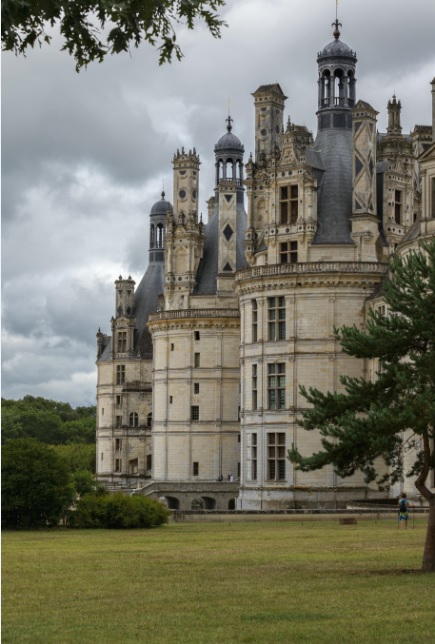Architecture Jan 17, 2024
Renaissance Architecture:
What is The Renaissance architecture?
Renaissance architecture refers to the architectural style that emerged in Europe during the Renaissance, a cultural and intellectual movement that spanned roughly the 14th to the 17th century. This period marked a revival of interest in classical art, literature, and architecture, drawing inspiration from the architectural principles of ancient Greece and Rome.

Key features of Renaissance architecture include:
- Classical Influence:
- Renaissance architects looked to classical Greek and Roman architecture for inspiration, embracing principles of symmetry, proportion, and the use of classical orders (Doric, Ionic, and Corinthian columns).
- Humanism and Proportion:
- Humanist ideals influenced Renaissance architects to emphasize proportion based on the human scale. The proportions of buildings were often determined by mathematical ratios.
- Symmetry and Harmony:
- Renaissance buildings are characterized by a strong sense of symmetry and harmony, reflecting the classical ideals of balance and order.
- Use of Classical Orders:
- Columns, pilasters, and arches featuring classical orders became prevalent in Renaissance architecture. The use of these elements added a sense of grandeur and elegance to buildings.
- Domes and Cupolas:
- The Renaissance saw a revival of interest in domes and cupolas, inspired by the architecture of ancient Rome. Prominent examples include the dome of Florence Cathedral and St. Peter’s Basilica in Rome.
- Centralized Plans:
- Renaissance architects often employed centralized floor plans, where the main elements of a building radiate from a central point. This is seen in structures like churches and palaces.
- Triumphal Arches:
- Inspired by ancient Roman triumphal arches, Renaissance architects incorporated similar arches into their designs as symbolic elements of victory and celebration.
- Use of Pilasters:
- Pilasters, which are flattened columns attached to walls, were frequently used to create a sense of rhythm and decoration on building facades.
- Classical Pediments:
- Buildings often featured triangular pediments, reminiscent of classical temple architecture. These pediments were adorned with sculptures and reliefs.
- Rustication:
- The use of rustication, which involves emphasizing the texture and roughness of stone on the lower levels of a building, was a common feature in Renaissance architecture.
- Courtyards and Loggias:
- Renaissance palaces often included courtyards and loggias (covered galleries or arcades), providing open spaces for social activities and leisure.
Prominent examples of Renaissance architecture include:
- St. Peter’s Basilica (Vatican City): Designed by Michelangelo and others, it is a prime example of Renaissance architecture with a prominent dome.
- Florence Cathedral (Florence, Italy): The dome designed by Filippo Brunelleschi is a masterpiece of Renaissance engineering.
- Palazzo Medici Riccardi (Florence, Italy): A palace designed by Michelozzo di Bartolomeo for the influential Medici family.
- Palladio’s Villas (Veneto, Italy): Architect Andrea Palladio’s villas, such as Villa Rotonda, exemplify Renaissance ideals of proportion and harmony.
- Château de Chambord (Chambord, France): A French Renaissance castle with a distinctive French-Italian architectural blend.
Renaissance architecture played a crucial role in shaping the built environment of Europe during this transformative period, leaving a lasting impact on subsequent architectural movements and styles.

